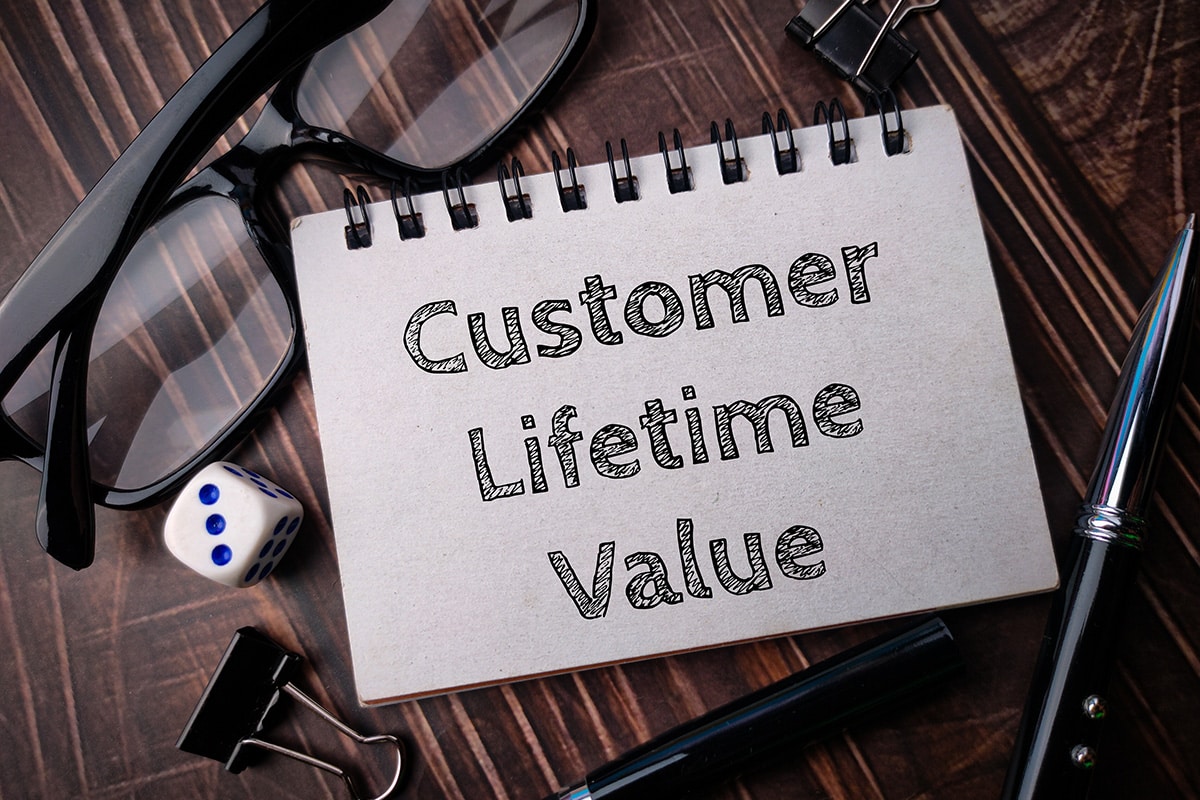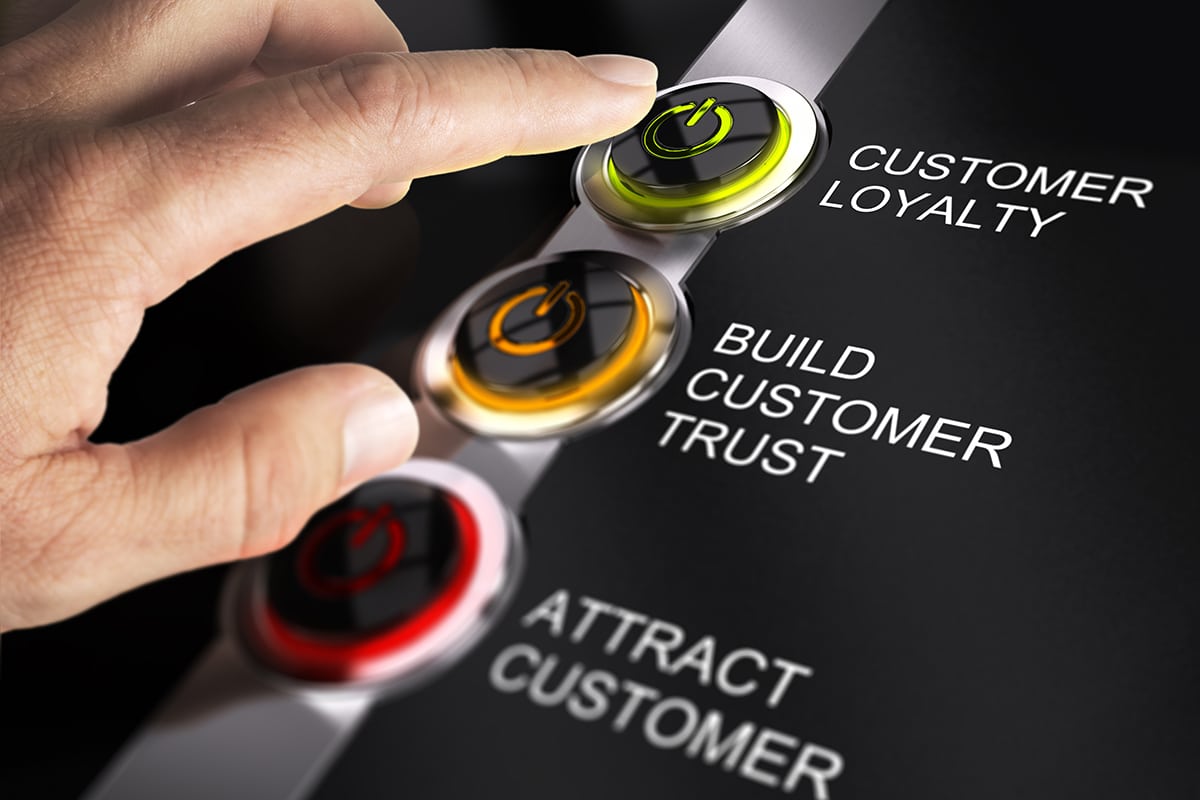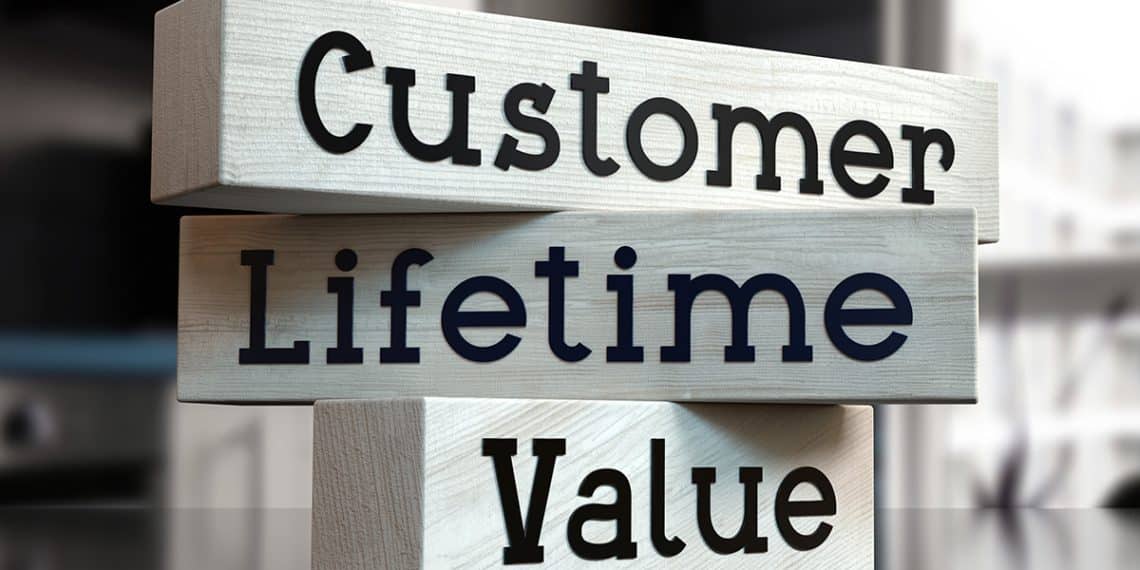Customers across industries are always looking beyond the basics like price and quality.
Indeed, these fundamental factors still lure them to your offerings.
But, they are becoming more aware of how products and services impact their lives, i.e., how different shopping options make their lives easier and whether or not the purchases solve their problems or fulfill their needs.
They are seeking value in the company they do business with.
In other words, modern-day customers are searching for value to figure out if the benefits of their purchases are even worth it.
Let’s learn more about customer value and everything that the concept entails, shall we?
Collect feedback with JustFeedback
JustFeedback helps your business increase profits and reduce risk by improving your customer experience
What is customer value (customer value definition)?
Customer value can be defined in several ways as there are several factors involved. However, one can simplify the concept by defining it as the overall worth of a product or service to a customer.
Customer value is often measured considering all the costs and benefits users are subject to once they associate with a product or service.
Consumers can consider the following factors when determining the value of a product:
- Price
- Quality
- Problem solved
- Time
- Energy consumed
- Emotional costs, and more.
To create positive customer value, one will have to consider the value the product brings, not only to the customer but also to the organization.
This is because customer choices and perspectives are quite subjective despite the quantitative factors being the same. The value each customer figures out from the same offering can be entirely different.

What is the importance of customer value?
Customer value and the very act of effectively delivering it is of extreme importance as it can impact long-term business-customer relationships. If not looked after, it can adversely impact a company’s potential of achieving repeat business.
Customer value is of prime importance as it involves determining and meeting customers’ changing needs and expectations.
After all, knowing what your customer base thinks and feels about your products and services is key to building better customer value strategies and boosting customer lifetime value. And the numbers say the same.
Here are some of the most important statistics related to customer value by Zendesk’s Customer Experience Trends Report —
- Excellent customer service helps 47 percent of companies boost their cross-selling abilities.
- Positive customer value makes it easier for 60 percent of companies to boost customer retention.
- Improved customer service has helped 64 percent of business leaders increase the company’s overall growth.
- Companies offering preferred product and service options consistently are preferred by almost 93 percent of customers.
- Companies that prioritize personalization are easier to do business with, claim 90 percent of customers in the research.
To put it simply, a company will have to indulge in a mindset shift and switch its focus to providing a good experience, improving customer satisfaction, and caring more about its customers. This can be achieved by understanding customer value in more depth.
Different types of customer value
Let’s learn about the different types of customer value. There are four different types of customer value that companies should consider during evaluation —
1. Functional value
Functional value, as the term suggests, refers to the effectiveness of the product in functioning properly and efficiently.
Your product and service solutions should be able to function in a way that solves customers’ problems to perfection. Every product has a functional value and should be designed to deliver the most of it.
2. Monetary value
Monetary value is another crucial type of customer value that refers to the money paid by a customer to buy a product or service.
In other words, monetary value is a window through which customers connect the products and their perceived worth. One way even consider it a trade-off between cost and value.
3. Social value
Social value comes into play when the product or service has the capacity to impact a social group or a considerably large group of customers.
Social value can also refer to the status of the group in the society. The idea behind social value is basically the sense of social status or recognition that a product or service provides to the customers.
4. Psychological value
Believe it or not, products and services customers associate with also have an emotional and psychological impact on them.
This can be measured by the psychological value products offer factoring in the products’ aesthetics, style, appeal, and emotional response.

How to measure customer value?
Now that we are well-acquainted with what customer value is all about, let’s dive deeper and figure out what it takes to measure customer value. Here are the key steps involved in the process —
1. Conduct regular surveys
It all starts with asking customers questions.
This can be done by sending regular surveys to the customers and asking them how your business is providing value in solving their problems.
Customer feedback can be solicited by surveys triggered through email or during in-store interaction.
However, make sure the questions are carefully selected and figure out if they will help determine how products and services are helping customers resolve issues.
2. Evaluate product value
The next step is to evaluate the value of products and services quantitatively.
This can be done by asking customers quantitative questions to figure out the perceived value of the products and how satisfied they are with the product or service.
Ask existing customers to rate their satisfaction on a scale from 1 to 5. An average of the ratings will help you determine the quantitative product value.
3. Measure customer benefits
Now you will have to measure the customer benefits by considering the following:
- the quality of your product
- the public reputation of your brand
- the standing of your product against competition
- the quality of customer service
- the effectiveness of your customer experience
- the overall value your brand provides the customers
This can be effectively measured by continually collecting and reviewing customer feedback.
4. Measure customer costs
Then you will have to measure the customer costs, which can be done by considering the cost of purchasing the product, upfront costs, maintenance costs, repurchasing costs, access costs, and more.
Besides, you should also consider the emotional cost and social costs, as mentioned earlier.
5. Benefits vs. Costs dilemma
Lastly, you can use the following simple formula to calculate the customer value —
(Total Customer Benefits) – (Total Customer Costs) = Customer Value
This is all you need to measure customer value and improve your value proposition.

Tips to increase customer value
What can companies around the world do to increase customer value? Here are some of the best tips we recommend you implement to significantly increase customer value —
1. Personalization
Indeed, companies rely on effective customer segmentation to come up with revolutionary marketing and business strategies. But, every customer is different and should be treated accordingly.
This is why we highly recommend implementing personalization across the board.
Personalize your products and service options as well as support interactions, which can be achieved by collecting, storing, and accessing customer data.
2. Exclusivity
Developing a customer loyalty program should be a priority as a certain percentage of your customer base is always looking for that extra value beyond price and quality.
Build a loyalty program and offer loyal customers with exclusive offers, discounts, events, products, and experiences.
Exclusivity is an incredible strategy that can push you to get closer to special customers and encourage them to make recurring purchases.
3. Multichannel support options
Modern-day customers are everywhere. They are seeking access to your company, products, services, and support on every possible medium or channel.
This is why we highly recommend you provide multichannel customer support, i.e., make yourself accessible across email, phone, live chat, messaging, social media, and other channels.
Moreover, we suggest you offer an effortless and seamless transition of conversations from one channel to another. In other words, prime your company for omnichannel support.
4. Improve onboarding program
Well begun is half done. This cannot be truer, especially when it comes to designing a comprehensive onboarding experience for customers. What does that mean?
Well, a robust onboarding program ensures that the customers using or willing to use the products and services are first, comfortable with the products and services, and second, know how to use them optimally.
This can be achieved by assigning customer success associates to each customer — helping customers with their strategic guidance.
5. Focus on customer success
We have discussed personalization, exclusivity, and multichannel support. These strategies work only when you prioritize customer success.
A company that prioritizes customer success automatically primes itself for improved personalized experience, retention, and support.
One of the most effective ways of achieving this is by coming up with customer success managers. These are people who know how to anticipate customers’ problems, demands, needs, and decisions.
6. Make customers feel heard
Sending out surveys is half the job done. We wouldn’t even consider it “half” since sending surveys is just a small part of developing the customer experience across a company.
Regardless, companies should consider sending out surveys to the target market and customers to consolidate customer feedback.
Once the feedback is collected, it’s time to act on it and make significant improvements.
More importantly, take a step further by letting customers know (follow up) that you are considering their input and how their feedback is shaping your business strategies.
7. Surprise customers with discounts
Delight your customers by exceeding their expectations. This is one of the simplest ways of building a lasting business-customer relationship.
It’s an excellent opportunity to showcase how much your brand values its customers and how far it can go to provide a wonderful customer experience.
If you can regularly find new ways to surprise your customers and wow them with your offers and discounts, you are bound to boost customer retention.
8. Reward loyalty
Blessed are the companies that get to work for customers that love them back. Customers that appreciate your products and services, and stick with your brand are precious gems that you should look after.
The best way to acknowledge such support and appreciation is by rewarding customers with discounts and freebies. Sephora is a prime example of a reward program designed to encourage customers to keep making more purchases.
9. Build a community
We highly recommend you build a community around your brand so that all your customers feel connected as a part of a big family.
This can be done by building a customer community forum where customers can have discussions with each other, indulge in Q&A’s, look for product support, and share their valuable feedback.
Such an undertaking makes it easier for customers to connect with users with similar needs and interests.
10. Remove friction in customer journey
Lastly, focus on designing a customer journey and experience with minimum obstacles and challenges.
This can be done by implementing strategies like contactless engagement and extending step-by-step guidelines when customers are ordering digitally.
The idea is to make customers slide through the customer journey and make purchases without having to spend a significant amount of time and effort. The impact can be tracked by Customer Effort Score surveys.
Final thoughts
When determining customer value, businesses should always look forward to achieving long-term success. Indeed, overall sales is always a go-to metric to measure success.
But, a company’s long-term success is more dependent on what your customer base thinks about your products and services, and how they feel after making a purchase.
What do we suggest you do? Besides following the strategies and tips mentioned in the post, we suggest you maintain consistency in what your customers feel about your products and services.
They should feel that the price they pay for the products and services is worth it. Did you find this post helpful? Stay tuned as we share more informative posts in the future.
